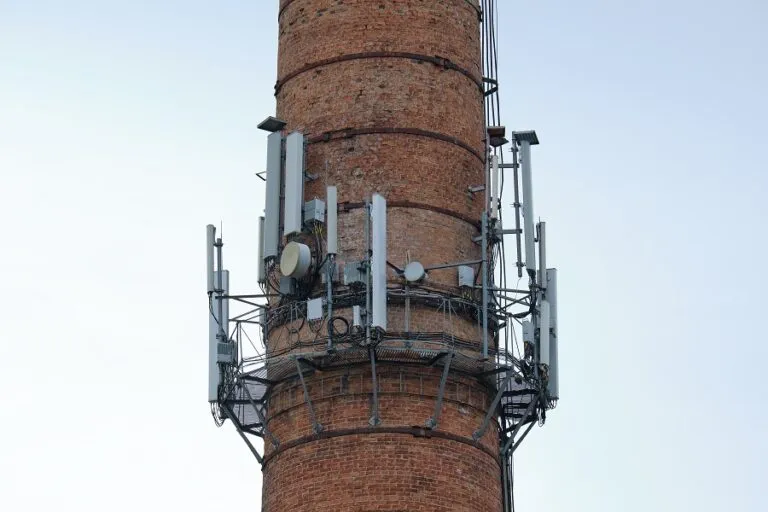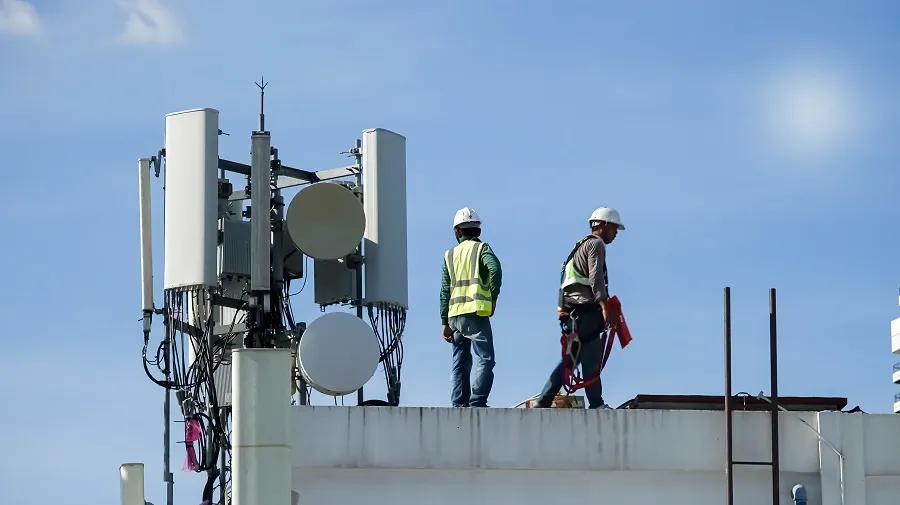Incorporating the dangers of Radio Frequency Radiation (RFR) into discussions about electrical hazards in American and Canadian workplaces brings a crucial aspect to the forefront of occupational health and safety. RFR, a form of Electromagnetic Field (EMF) Radiation, is becoming more common in today’s work environments due to the widespread use of wireless technologies, mobile phones, and other devices that emit RF. Understanding the impact of RFR is essential for ensuring a safe workplace.
The Invisible Threat: RFR in the Workplace
RFR is part of the electromagnetic spectrum, emitted by a variety of devices, including cell phones, and 3G, 4G, and 5G networks, Wi-Fi routers, and microwave ovens. In industrial settings, RFR can also be produced by radio communication systems and specialized equipment. Despite being invisible, RFR can pose significant health risks, especially when exposure exceeds recommended levels.
Health Impacts of RFR
The health effects of RFR have prompted extensive research and debate. Short-term exposure to high levels of RFR can cause thermal effects, leading to tissue damage through heating. While regulations exist to limit such exposures in the workplace, concerns remain regarding the long-term effects of lower-level exposure. Research has investigated possible links between RFR and a range of health issues, including cancer, cognitive dysfunction, and reproductive harm, though more research is needed to fully understand these risks.
Regulatory Framework and Guidelines
In the United States, the Federal Communications Commission (FCC) sets safety standards for RFR exposure, aimed at protecting both the public and workers. These standards are informed by guidelines from organizations like the International Commission on Non-Ionizing Radiation Protection (ICNIRP), which recommends maximum exposure levels to prevent adverse health effects.

Mitigating RFR Risks in the Workplace
Employers are responsible for managing RFR hazards through various means, including:
- Assessment and Monitoring: Regularly checking RFR levels, particularly where RF-emitting devices are prevalent.
- Engineering Controls: Using physical barriers or creating distance to minimize exposure, possibly involving workspace redesign or the use of materials to shield against RFR.
- Administrative Controls: Implementing safe work practices and policies, such as limiting exposure time to RF sources and offering training on RFR safety, which can be included in OSHA training or in online onboarding.
- Personal Protective Equipment (PPE): When other controls are insufficient, PPE like RF protective clothing may be necessary.
The Role of Technology and Awareness
Technological advancements provide new methods for monitoring and reducing RFR exposure at work. Tools equipped with sensors can track RFR levels in real-time, allowing for more accurate exposure management. Additionally, promoting a safety culture and awareness about RFR is crucial. Educating employees on RFR sources, potential health impacts, and protective measures empowers them to actively participate in their own safety.
Rising RFR Hazards
The increasing prevalence of RFR as a potential workplace hazard calls for a comprehensive safety approach that addresses both conventional electrical dangers and the unseen risks of EMFs. Adherence to regulatory standards, effective risk management, and a culture of safety and awareness are key to protecting workers in the modern workplace.
Discussing RFR within the broader context of electrical safety highlights the changing nature of workplace hazards in the digital era. As technology evolves, so must our strategies for worker protection, ensuring safety continues to be a priority in American industries and beyond.
EMF shielding can also play a role in reducing RFR exposure, with a growing number of companies offering such solutions.



